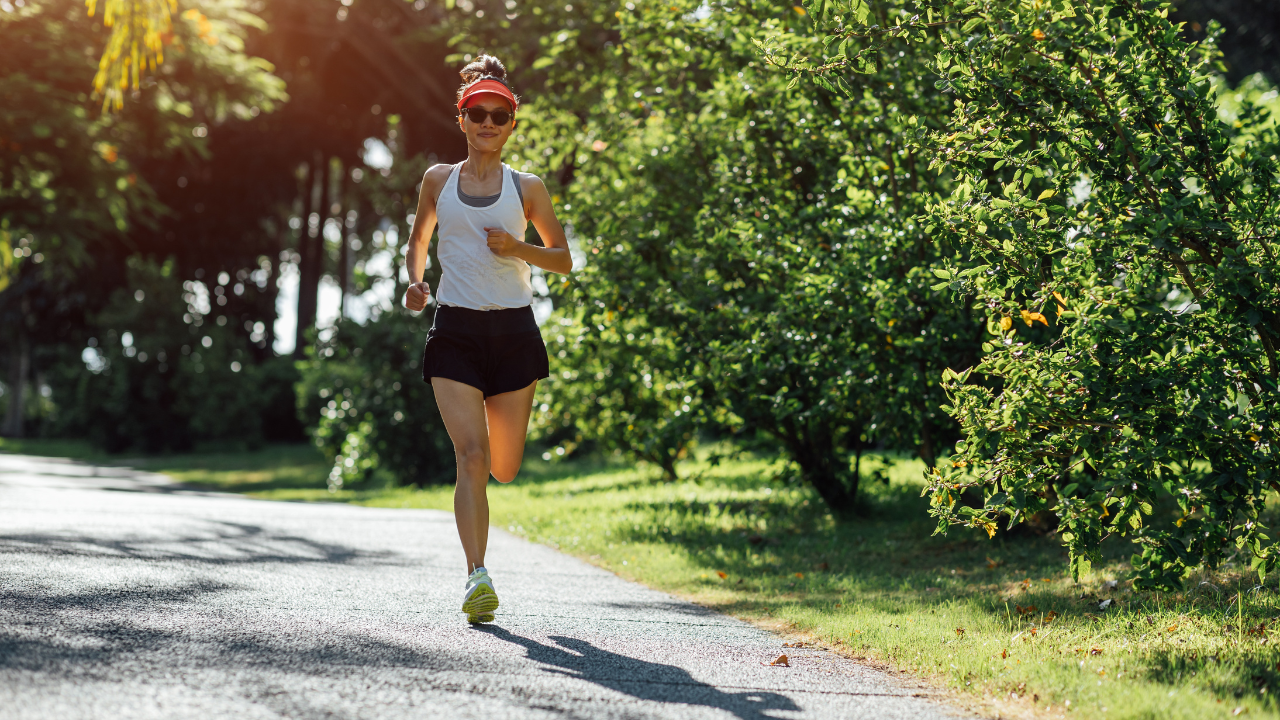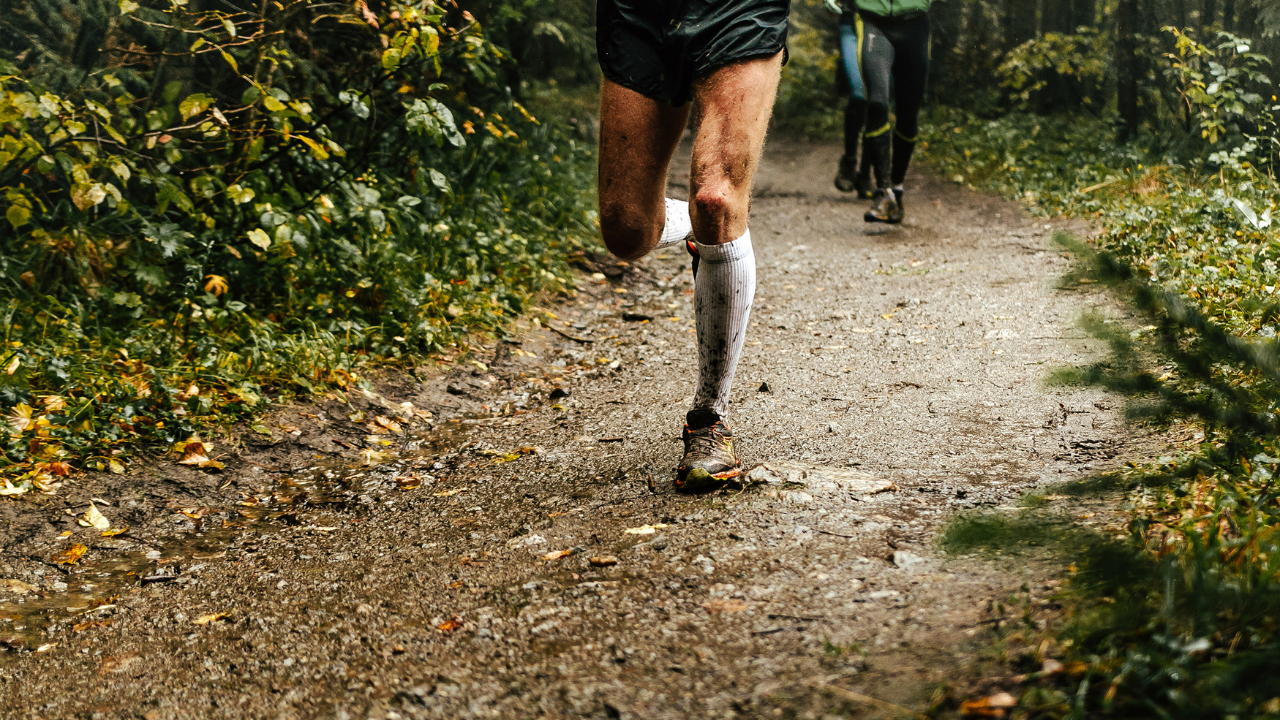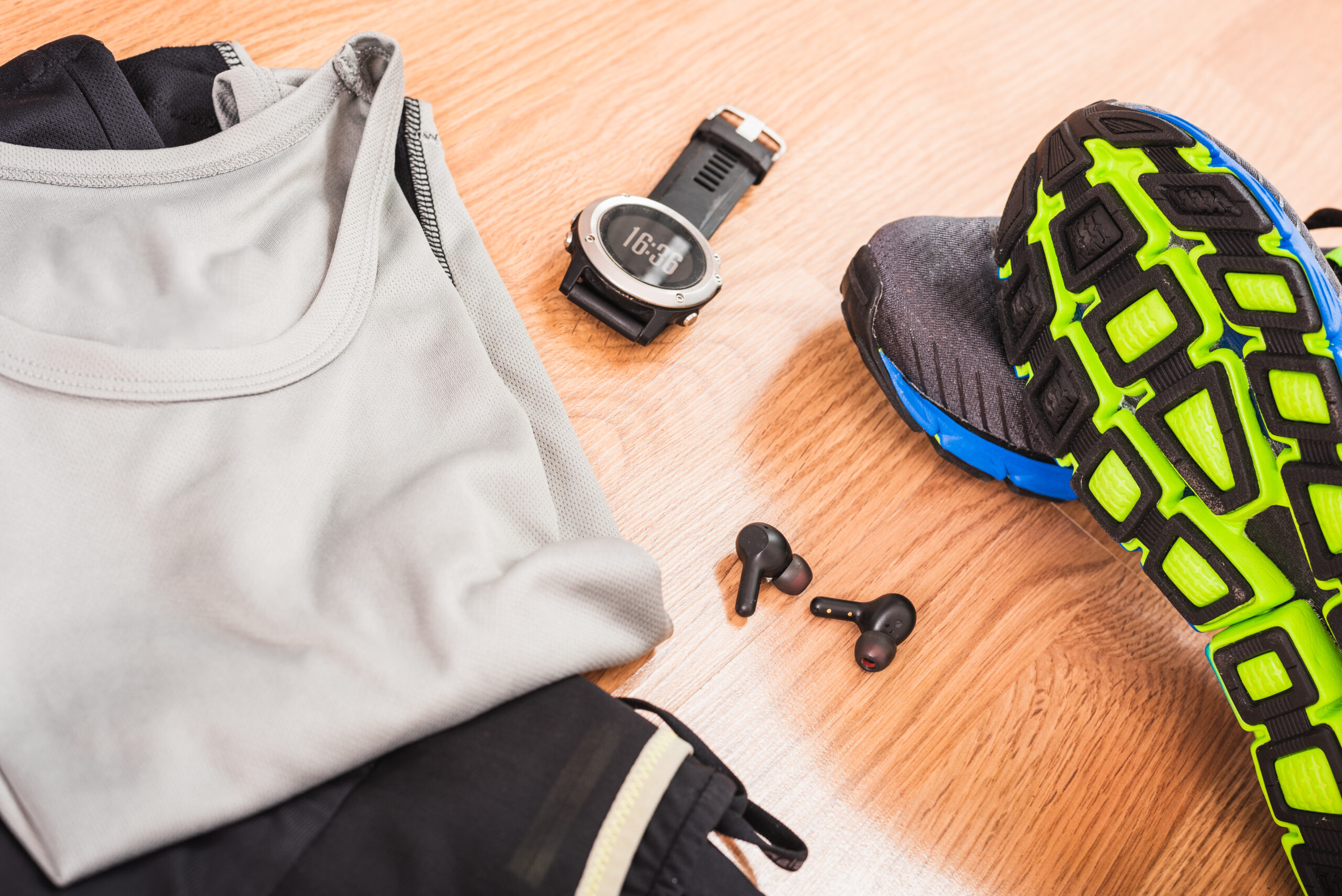
Beat The Heat: Summer Training For Runners
Summer brings longer days and ample sunlight, offering the perfect backdrop for outdoor runners. Running in the heat requires more than just motivation; it demands a well-thought-out strategy to stay safe and maintain performance. Here’s an expanded guide to help you conquer the heat and keep your summer running enjoyable and effective.
1. Timing Is Everything
Adjusting when you run can spare you from the harshest heat. Early mornings or late evenings are ideal, offering cooler temperatures and less intense sun. Not only is it physically cooler, but these times often provide a quieter, more peaceful environment for your run.
[optin-monster slug=”u9ogigt36k4zbwkxi5az” followrules=”true”]
2. Pre-Hydrating and Essentials of Electrolytes
Preparation for a hot run begins well before you lace up your shoes. Staying adequately hydrated throughout the day before your run can significantly impact your performance and comfort. When we sweat, we lose not just water but crucial electrolytes that play a vital role in our body’s physiological responses. Incorporate electrolyte-rich drinks into your hydration routine to replenish lost salts and minerals, aiding in preventing cramps and enhancing endurance.
3. Hydration On-the-Go
Carrying water on your run is crucial during the summer months. Options include handheld water bottles designed for runners, which often come with straps for easy carrying, or a hydration vest for longer distances. These vests distribute weight evenly and provide the convenience of hands-free hydration, along with additional storage for essentials like keys, phone, and nutrition.
4. Dress Smart – Light Colors and Dry-Fit Gear
Choosing the right attire is half the battle won against the summer heat. Light-colored clothing doesn’t absorb as much solar radiation as dark colors, keeping you cooler by reflecting sunlight away. Furthermore, investing in dry-fit apparel can make a tremendous difference. These materials are engineered to wick sweat away from your body, facilitating quick evaporation and helping you stay dry and cool.
5. Eye Protection and Sunscreen Are Non-Negotiable
The importance of protecting your skin and eyes cannot be overstated. Opt for sunglasses that offer UV protection and are designed to stay in place, like Goodrs and Sunskis. They not only protect your eyes from harmful rays but also reduce glare, making your run more comfortable. Sunscreen should be a staple in your pre-run routine. Choose a water-resistant, broad-spectrum sunscreen to guard against both UVA and UVB rays. Reapplication is key, especially on long runs where sweat and time can diminish its effectiveness.
6. Headwear Helps
A breathable hat or visor does more than just shield your eyes; it protects your face and head from direct sunlight, which can help you avoid overheating and sunburn. Look for options with mesh panels for extra ventilation.
7. Timing Is Everything
Adjusting when you run can spare you from the harshest heat. Early mornings or late evenings are ideal, offering cooler temperatures and less intense sun. Not only is it physically cooler, but these times often provide a quieter, more peaceful environment for your run.
8. Listen to Your Body – Pace and Performance
The heat impacts your body’s cooling mechanisms and heart rate, which can affect your pace. It’s crucial to listen to your body and adjust expectations. Trying to maintain your cooler weather pace in the heat can lead to overexertion and heat-related illnesses.
9. Indoor Alternatives
On days when the heat is just too intense, or air quality is poor, consider taking your run indoors. Treadmills offer a safe alternative, allowing you to control the climate and continue training without exposure to the risks of high temperatures.
Incorporating these strategies into your summer running routine will not only help you manage the challenges of heat but also enhance your training experience. Remember, adapting to summer conditions doesn’t happen overnight. Give yourself time to adjust, and always prioritize your health and safety above all else. With preparation and care, you can enjoy the rewards of running all summer long. Happy and safe running!






